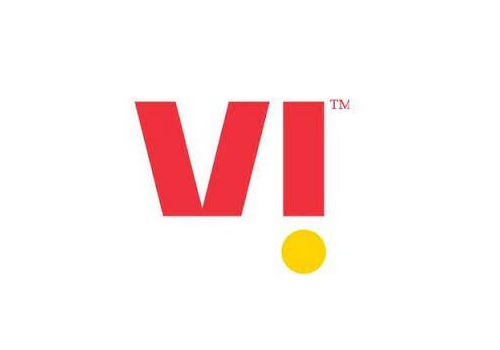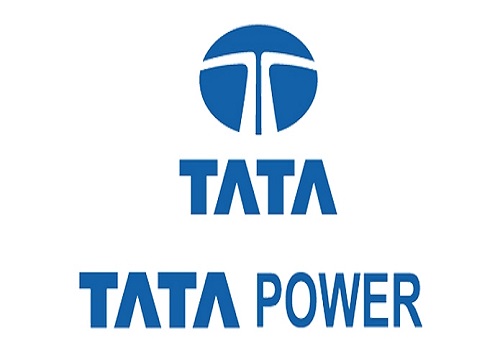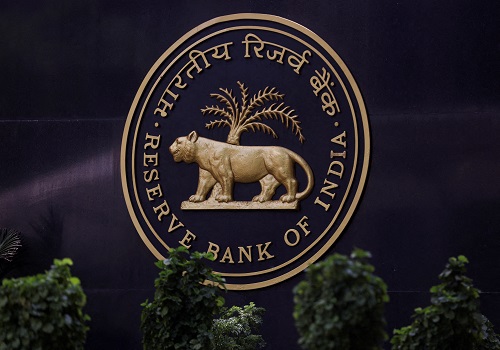India sees 103 pc increase in internship opportunities since

India has seen a staggering 103 per cent increase in internship postings over the past three years, according to a report on Wednesday.
The report by Indeed, the global matching and hiring platform, showed that the increase in internship opportunities between 2022 and 2025, underscores how businesses are doubling down on internships to bridge the gap between academics and industry expectations.
In 2024 alone, internship postings jumped by 23 per cent, reflecting a steady focus on nurturing future-ready professionals.
The report credited this growth to the rise of AI, data analytics, and digital transformation, due to which companies are using internships not only to offer hands-on experience but also to spot and groom top talent early on.
Delhi, Karnataka, and Maharashtra lead the pack when it comes to internship searches, accounting for 7.2 per cent, 6.8 per cent, and 6.2 per cent of total searches, respectively.
"For young professionals, internships provide a powerful platform to sharpen their skills, gain hands-on experience, and explore emerging career paths. An internship isn’t just a checkbox on a resume -- it’s a first real step into the professional world. The skills you learn and the experiences you gain shape how you navigate your career,” said Sashi Kumar, Head of Sales, Indeed India.
Further, the report showed that companies are seeking a diverse mix of skills in their interns, with communication skills (31.99 per cent) topping the list. Other in-demand abilities include: english proficiency (12 per cent); analytical skills (9 per cent); SEO expertise (8 per cent); Microsoft Excel (8 per cent); Python programming (7 per cent); Microsoft Office proficiency (7 per cent) and HTML and JavaScript (6 per cent each).
The average internship stipend in India stands at Rs 25,432 per month, but cities like Hyderabad, Bangalore, Mumbai, Pune, and Gurgaon offer stipends above this national average. On the flip side, cities like Chennai and Kolkata fall on the lower end of the spectrum, the report said.
Besides stipends, other benefits include work-from-home options; flexible schedules; health insurance coverage; paid sick time; and cell phone reimbursements.






















